Introduction
Tea eggs, a beloved staple of Chinese street food and home cooking, are a testament to the beauty of simplicity married with depth of flavor. These marbled treasures, with their intricate crackled patterns and rich, savory taste, have captivated taste buds for centuries. While modern adaptations exist, the traditional homemade method remains a cherished ritual, passed down through generations. This article delves into the time-honored techniques for crafting tea eggs, exploring the alchemy of ingredients, the precision of preparation, and the patience required to achieve perfection. Whether you’re a novice cook or a seasoned culinary enthusiast, this guide will equip you with the knowledge to recreate this iconic snack in your own kitchen.
The Cultural Significance of Tea Eggs
Before diving into the recipe, it’s essential to appreciate the cultural tapestry woven into every tea egg. Originating in China, these eggs were historically a portable, affordable source of protein for laborers and travelers. Today, they symbolize comfort, tradition, and the art of transforming humble ingredients into something extraordinary. Sold by street vendors, served at breakfast tables, or enjoyed as a midnight snack, tea eggs bridge the gap between sustenance and indulgence. Their preparation method—boiling, cracking, and marinating—reflects the philosophy of wuxian, or “infinite flavor,” where time and texture elevate simplicity to sophistication.
Ingredients: The Foundation of Flavor
The magic of tea eggs lies in the harmony of a few key ingredients. Each component plays a distinct role, contributing to the dish’s complex profile:
- Eggs (6–8 large): Fresh eggs with sturdy shells work best. The shells will protect the whites during boiling while allowing the marinade to permeate slowly.
- Black Tea Leaves (2 tablespoons): Opt for a robust variety like Lapsang Souchong or Keemun. Their smoky, malty notes infuse the eggs with depth and color.
- Dark Soy Sauce (1/4 cup): More than a condiment, dark soy sauce imparts a rich, caramelized umami flavor and tints the eggs a lustrous brown.
- Light Soy Sauce (2 tablespoons): This adds saltiness and balances the richness of the dark soy.
- Star Anise (3–4 pods): These star-shaped spices lend a sweet, licorice-like aroma.
- Cinnamon Stick (1 small): A single cinnamon stick introduces warmth and subtle spiciness.
- Sichuan Peppercorns (1 teaspoon): Despite their name, these berries offer a citrusy, tingling sensation rather than heat.
- Rock Sugar (1 tablespoon, optional): This unrefined sugar softens the soy sauce’s sharpness and adds a delicate sweetness.
- Salt (1 teaspoon): Enhances the overall seasoning.
- Water (6 cups): For simmering the eggs and spices.
The Step-by-Step Process
Boiling the Eggs
Begin by placing the eggs in a single layer in a large pot. Cover them with cold water, ensuring at least an inch of water above the eggs. Bring the water to a rolling boil over medium-high heat. Once boiling, reduce the heat to a gentle simmer and cook for 8–10 minutes. This timing yields a firm yet tender yolk—adjust by 1–2 minutes if you prefer a softer or harder yolk.
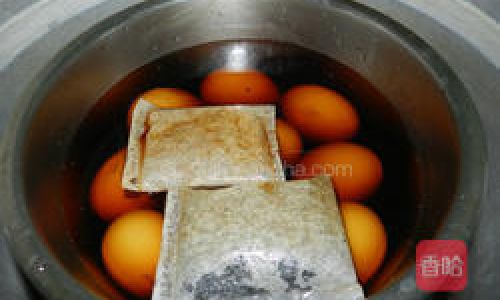
Cooling and Cracking the Shells
Immediately transfer the cooked eggs to a bowl of ice water using a slotted spoon. This stops the cooking process and makes peeling easier. After 5 minutes, drain the water and gently tap each egg against the bowl’s edge to create a network of fine cracks. The goal is to fracture the shell without removing it, allowing the marinade to seep into the cracks. Handle the eggs delicately to avoid puncturing the white.
Preparing the Marinade
In the same pot, combine 6 cups of water, both soy sauces, black tea leaves, star anise, cinnamon, Sichuan peppercorns, rock sugar (if using), and salt. Stir gently to dissolve the sugar and salt. Bring the mixture to a boil, then reduce the heat to low. The marinade should simmer gently, releasing the spices’ aromatics without reducing too rapidly.
Simmering the Eggs
Carefully add the cracked eggs to the simmering marinade. Ensure they are fully submerged; add more water if necessary. Simmer uncovered for 30–40 minutes, allowing the flavors to meld. The longer the simmer, the deeper the color and taste. However, avoid vigorous boiling, which may toughen the egg whites.
The Steeping Process
Here’s where patience truly pays off. After simmering, turn off the heat and let the eggs steep in the marinade. For optimal flavor, allow them to sit at room temperature for at least 4 hours, or preferably overnight in the refrigerator. This extended steeping period is non-negotiable—it’s what transforms ordinary eggs into tea eggs with intricate marbling and layered taste.
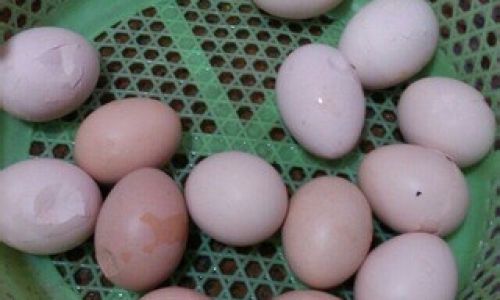
Peeling and Serving
When ready to serve, gently peel the eggs under cool running water. The cracks will have allowed the marinade to penetrate, creating a mosaic of dark veins against the creamy white background. Serve whole or halved, garnished with a sprinkle of chopped cilantro or a drizzle of sesame oil.
Enhancing Flavor: Tips and Variations
- Tea Selection: Experiment with pu-erh for an earthy flavor or jasmine tea for a floral twist.
- Spice Adjustments: Add dried chili flakes for heat, orange peel for citrusy brightness, or cloves for warmth.
- Vegetarian Option: Substitute the soy sauce with tamari or coconut aminos for a gluten-free version.
- Storage: Leftover tea eggs can be refrigerated in their marinade for up to a week, with flavors intensifying over time.
Troubleshooting Common Issues
- Dull Color: Ensure the marinade includes sufficient soy sauce and tea. Steeping time is critical—less than 2 hours may result in pale eggs.
- Overly Salty Taste: Reduce soy sauce quantities by half and compensate with water. Balance with extra sugar if needed.
- Uneven Marbling: Tap the shells more thoroughly to create finer cracks. Avoid boiling the eggs too vigorously, which can cause the shells to separate prematurely.
The Science Behind the Marbling
The crackled shell acts as a natural diffuser, allowing the marinade to permeate the egg white in irregular patterns. The tannins in black tea react with the egg proteins, creating a brownish hue, while the soy sauce’s amino acids enhance the Maillard reaction during simmering, deepening the color. This interplay of chemistry and craftsmanship results in the eggs’ signature appearance.
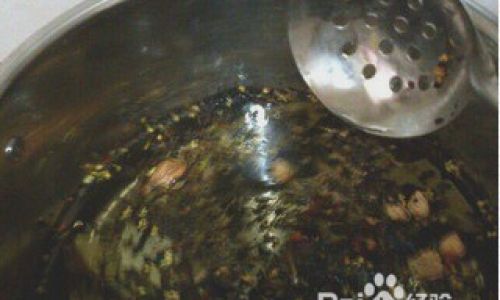
Pairing Suggestions
Tea eggs shine when paired with:
- Congee (Rice Porridge): Their savory richness complements the porridge’s blandness.
- Noodle Soups: Slice them into wedges and float in broth for added texture.
- Pickled Vegetables: The tangy crunch of daikon or cucumber balances the eggs’ umami.
- As a Standalone Snack: Serve with a dipping sauce of chili oil and vinegar for a zesty kick.
Conclusion: The Joy of Tradition
Crafting traditional tea eggs at home is more than a culinary exercise—it’s a connection to centuries of heritage. Each crack of the shell, each simmer of the pot, and each patient hour of steeping honors the patience and ingenuity of those who perfected this dish. While modern shortcuts exist, the slow, deliberate process yields a reward beyond compare: eggs that are as visually stunning as they are delicious. So, gather your ingredients, set aside an afternoon, and embark on a journey of flavor. Your taste buds—and your inner chef—will thank you.
Final Thoughts
Tea eggs are a reminder that great food need not be complex. With a handful of ingredients, a bit of time, and a willingness to embrace tradition, you can create a dish that transcends mere sustenance. Whether enjoyed as a quick breakfast, a roadside snack, or a centerpiece at a gathering, these eggs carry the weight of history and the lightness of culinary joy. So, boil, crack, simmer, and steep—and savor every bite of this timeless delight.
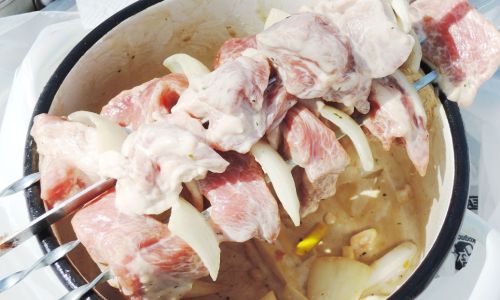
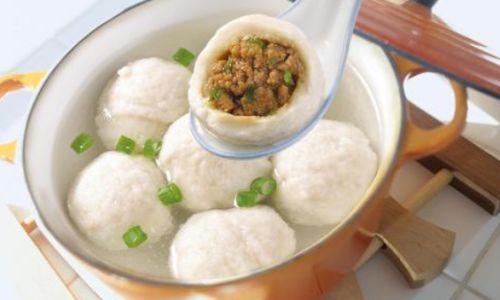
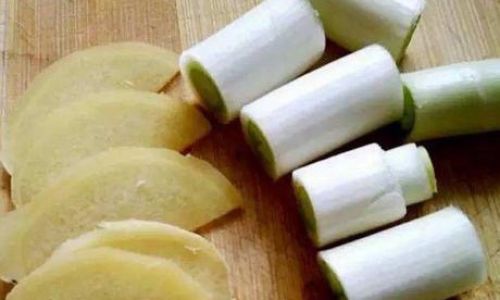
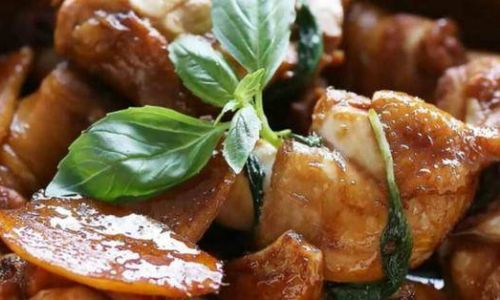
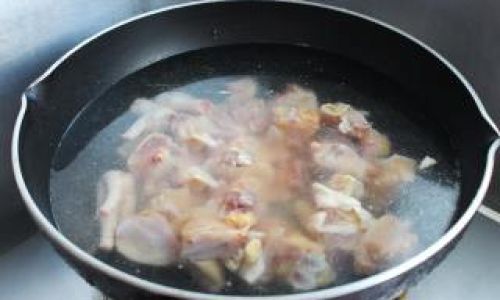
0 comments